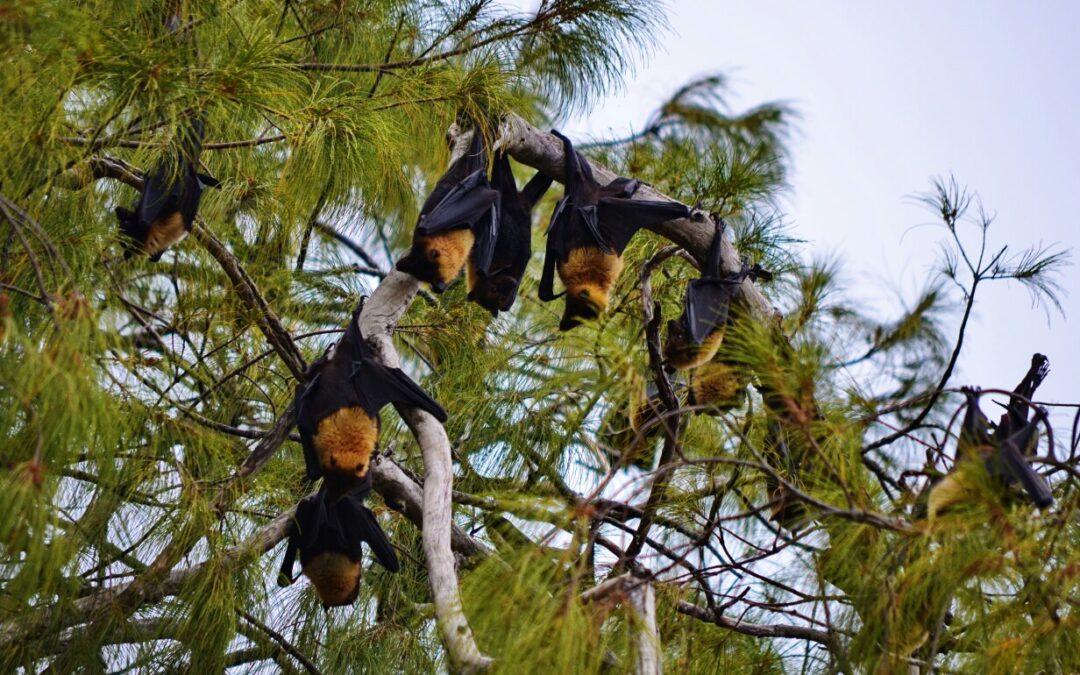Flying foxes, also known as fruit bats, are a common sight in Tonga. Tonga is home to two species of flying foxes – the Pacific flying fox (Pteropus tonganus) and the Samoan flying fox (Pteropus samoensis). Both species are found throughout the Pacific region.
The Pacific flying fox is the larger of the two species and has a wingspan of up to 1 meter. They have dark brown fur and a distinctive golden collar around their neck. They are primarily fruit eaters, but they have also been known to eat flowers and nectar. Pacific flying foxes are important pollinators and seed dispersers for many plant species in Tonga.
The Samoan flying fox is slightly smaller than the Pacific flying fox, with a wingspan of up to 75cm. They have a similar appearance, with dark brown fur and a golden collar around their neck. Samoan flying foxes are also primarily fruit eaters and play an important role in the ecosystem by dispersing seeds and pollinating flowers.
Both species of flying foxes are important cultural and spiritual symbols in Tonga. They are respected and protected by the Tongan people, who believe that they bring good luck and prosperity. In addition, flying foxes have a significant role in the Tongan diet and are hunted for their meat.
Unfortunately, the population of flying foxes in Tonga has been declining in recent years due to habitat loss, hunting, and other human activities. As a result, they are considered to be a vulnerable species and are protected by law. The Tongan government has implemented a number of conservation measures to protect the flying fox population, including establishing protected areas and promoting public awareness campaigns.

